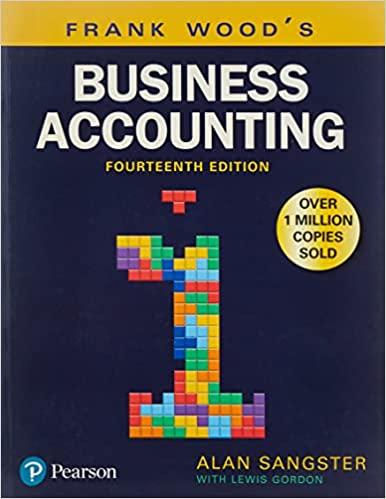Question
FOUR-PART QUESTION 5a. Kara and Kyle are competing sockeye salmon fishers. Both have been allocated ITQs that limit their catch to 2,000 tons of sockeye
FOUR-PART QUESTION
5a. Kara and Kyle are competing sockeye salmon fishers. Both have been allocated ITQs that limit their catch to 2,000 tons of sockeye salmon each. Kara's cost per ton is $8; Kyle's cost per ton is $12. Assume that the market price of sockeye salmon is $15 per ton. If Kara pays Kyle $5 per ton for his ITQs, and if she then catches her new limit of 4,000 tons, her profit would be
Multiple Choice
$4,000.
$20,000.
$18,000.
$22,000.
5b. Kara and Kyle are competing sockeye salmon fishers. Both have been allocated ITQs that limit their catch to 2,000 tons of sockeye salmon each. Kara's cost per ton is $7; Kyle's cost per ton is $11. If the market price of sockeye salmon is $16 per ton, and Kara and Kyle both catch their quota, their combined profit will be
Multiple Choice
$10,000.
$18,000.
$28,000.
$32,000.
5c. Kara and Kyle are competing sockeye salmon fishers. Both have been allocated ITQs that limit their catch to 2,000 tons of sockeye salmon each. Kara's cost per ton is $8; Kyle's cost per ton is $12. If the market price of sockeye salmon is $15 per ton, what is the maximum amount Kara would be willing to pay per ton for Kyle's ITQs?
Multiple Choice
$3.
$8.
$7.
$15.
5d. An electricity company has the opportunity to use natural gas to generate electricity at a cost of $35 per unit in 3 years. The current market rate of interest is 6 percent. The present value of this cost is about
Multiple Choice
$42.
$37.
$33.
$29.
Step by Step Solution
There are 3 Steps involved in it
Step: 1

Get Instant Access to Expert-Tailored Solutions
See step-by-step solutions with expert insights and AI powered tools for academic success
Step: 2

Step: 3

Ace Your Homework with AI
Get the answers you need in no time with our AI-driven, step-by-step assistance
Get Started


